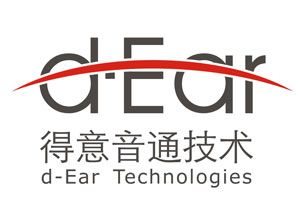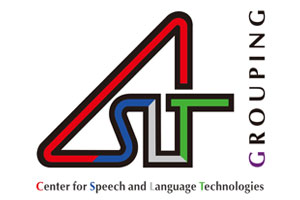Guidelines for Presentations
APSIPA ASC 2019 attaches much importance to the presentation quality of the speakers. Please take some time to read the guidelines below to ensure your presentation is successful.
* Oral Presentations
- Each lecture session will take 100 minutes. Please arrive at the room 15 minutes before your session begins and report to the session chair(s).
- Most of the sessions involve 5 papers, each paper takes about 20 minutes. We recommend that you will take about 15 minutes for your presentation and leave around 4 minutes of Q&A and 1 min for change over. Some special sessions may contain more than 5 papers, and each paper will be allocated less time.
- All lecture rooms will be equipped with a computer, a video projector, a microphone and a pointing device. Each computer will have Microsoft Office and Adobe Acrobat Reader installed. You may also use your own computer for your presentation. Please contact the helpers on-site for the connection.
-
It is the tradition of APSIPA conferences that we always attach great importance to
the quality of the presentations. For preparing a quality presentation, we have the
following advices:
- Please be reminded to organize your slides around the points you intend to make, using no more than one slide per minute. A reasonable strategy is to allocate about 2 minutes per slide when there are equations or important key points to make, and one minute per slide when the content is less complex. Slides attract and hold attention, and reinforce what you say -- provided you keep them simple and easy to read.
- Make sure each of your key points is easy to explain with aid of the material on your slides. Do not read directly from the slide during your presentation.
- It is very important that you rehearse your presentation in front of an audience before you give your presentation at APSIPA ASC 2019. Presenters must be sufficiently familiar with the material being presented to answer detailed questions from the audience.
* Poster Presentations
- Your poster should cover the key points of your work. It need not, and should not, attempt to include all the details; you can describe them in person to people who are interested. The ideal poster is designed to attract attention, provide a brief overview of your work, and initiate discussion. Carefully and completely prepare your poster well in advance of the conference. Try tacking up the poster before you leave for the conference to see what it will look like and to make sure that you have all of the necessary pieces.
- For your poster, a board will be provided. Each board of 1.3m width * 1m height will be provided for each paper. Your poster should not be larger than A0 size and must be in landscape style (i.e., wider rather than higher).
- Please make your poster as self-explanatory as possible. This will save your efforts for technical discussions. There will not be any summaries given at the beginning of the poster sessions at APSIPA ASC 2019, so authors need not prepare any overhead slides for their poster presentations. You may bring additional battery-operated audio or visual aids to enhance your presentation.
- Prepare a short presentation of about 5 or 10 minutes that you can periodically give to those assembled around your poster throughout the 100-minute poster session. If possible, more than one author should attend the session to aid in presentations and discussions, and to provide the presenters with the chance to rest or briefly view other posters.
* Important Note
Any accepted paper included in the technical program is expected to have at least one author or qualified proxy attend and present the paper at the conference. Authors of the accepted papers included in the final technical program who do not attend and do not have a qualified proxy presented at the conference will be added to a “No-Show List”. The “No-Show” papers will not be published by IEEE on IEEE Xplore, EI Compendex or other public access forums, but these papers will be distributed as part of the on-site electronic proceedings and the Copyright form that the authors submitted will still be valid.












